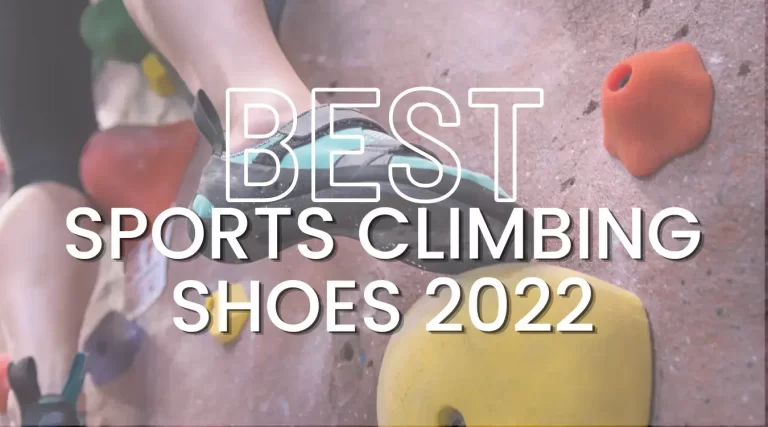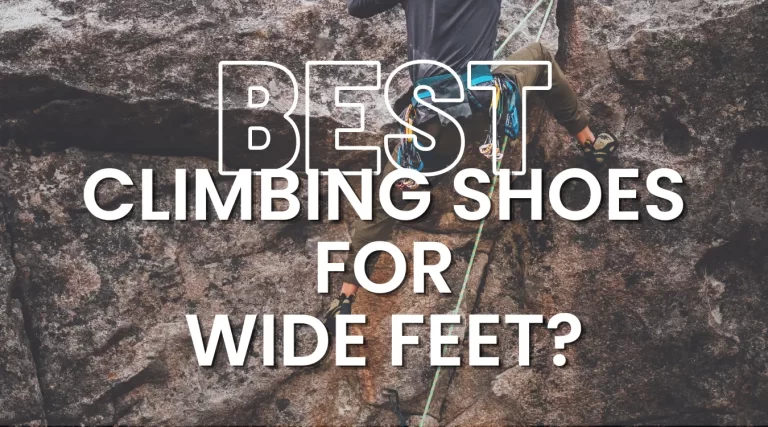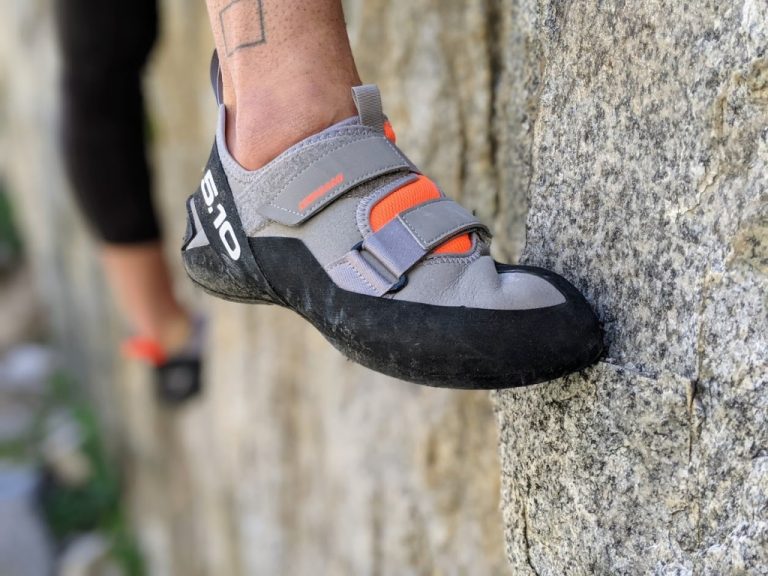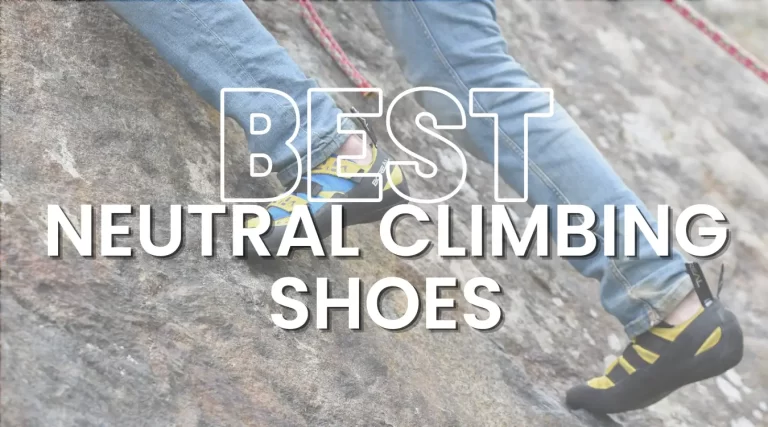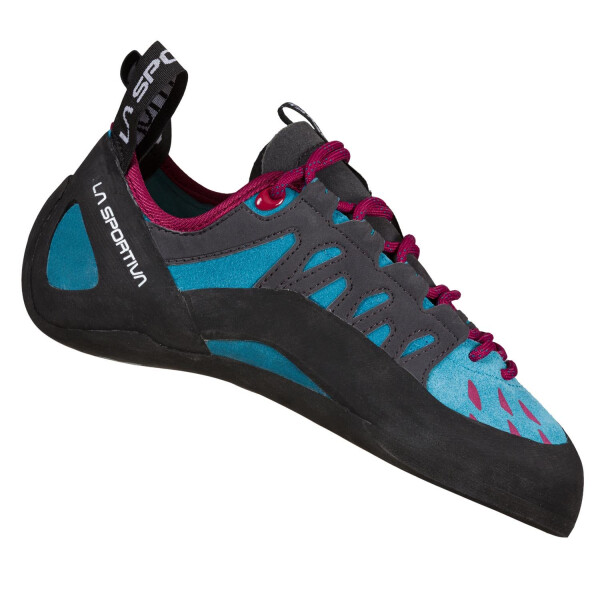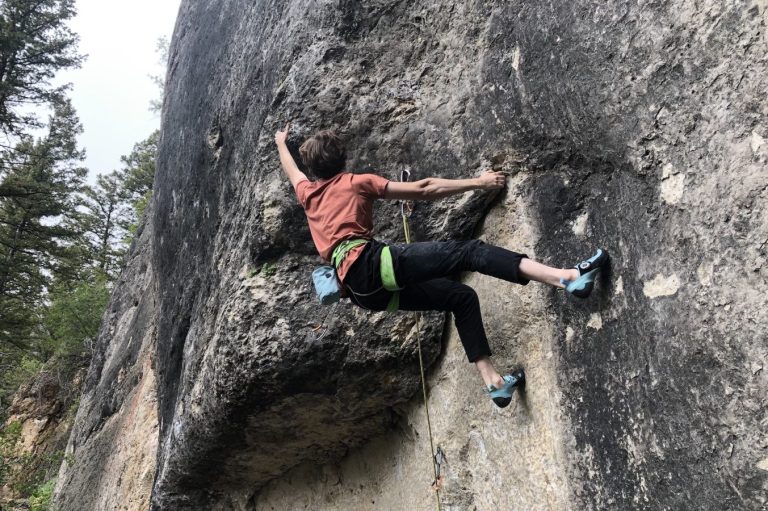Sized correctly, climbing shoes are tight, and our feet can take a beating
In the world of rock climbing, one thing is certain – your feet are your lifeline. Whether you’re scaling a towering crag or bouldering in the gym, the right pair of climbing shoes can make all the difference. However, achieving the perfect fit can be a challenge. Some climbers opt for a performance fit, where the shoes are incredibly snug, almost like a second skin. But what about those of us who face unique foot problems that make this snug fit uncomfortable or even painful?
The Challenge of Ill-Fitting Climbing Shoes
For many climbers, the pursuit of the perfect climbing shoe fit is a constant struggle. Some face the frustration of hammertoes, while others deal with bunions, Morton’s toe (when the second toe is longer than the first), or simply having feet that don’t conform to the standard mold. These issues can lead to painful hot spots, blisters, and even the premature end of a climbing session.
In the past, climbers have resorted to desperate measures, such as cutting small windows into the sides of their climbing shoes with jackknives. While this makeshift solution provided some relief, it was far from ideal and often came with its own set of problems, including the risk of injuring exposed toes on the rock.
A Better Solution Emerges
Enter Fabrizio Zangrilli, owner of the Monkey House climbing gym in Carbondale, Colorado, and a seasoned alpinist and mountain guide with his share of foot issues from high-altitude climbing. Zangrilli devised a novel solution to alleviate pressure points in climbing shoes.
He reached for an X-acto knife, a precision tool typically used for crafts or paper, and proceeded to make a series of vertical cuts in the rubber of his climbing shoes. These cuts, typically three per side, were strategically placed to relieve pressure on specific areas of the foot. This technique is reminiscent of “siping,” a design feature found in some climbing shoes, which involves cutaways in the rand to enhance flexibility and sensitivity.
Zangrilli primarily focused on relieving pressure on his big toes, while some of his training clients adopted this approach to ease discomfort caused by small bunions on their toes. The results were impressive, as Zangrilli found that he could now wear his climbing shoes for extended periods without experiencing discomfort.
A DIY Approach with Caveats
Before you rush to grab your X-acto knife and start customizing your climbing shoes, there are some important considerations to keep in mind. First and foremost, cutting your shoes is likely to void their warranty and may not be recommended by the manufacturer.
Matt Ginley of Scarpa North America, a renowned climbing shoe brand, cautions against this approach, emphasizing that different shoe models have specific features, such as cutaways or slits in the rubber, designed to optimize performance and fit. Altering these features could potentially affect the shoe’s intended performance.
However, for climbers who struggle with unique foot problems that standard shoe designs cannot alleviate, this DIY shoe modification may be a viable option. It’s important to proceed with caution and only attempt it on a pair of climbing shoes you are committed to keeping in the long term.
How to Customize Your Climbing Shoes
If you’re considering this DIY approach, here are some tips to help you get started:
- Use a sharp box cutter: Ensure your cutting tool is precise and sharp.
- Find the pressure point: Identify the area on your foot that requires relief, but be careful not to cut into the leather.
- Cut slowly: Take your time and make deliberate cuts.
- Work in increments: Start with a single cut and test the shoe’s fit. Add more cuts as needed, but aim to make as few modifications as possible.
Happy Feet, Happy Climbing
Fabrizio Zangrilli’s shoe modification hack has proved successful for him and others facing climbing shoe discomfort. The strategically placed cuts make climbing shoes fit comfortably without creating pressure points, and in some cases, they may even enhance performance.
While it’s important to remember that this DIY approach may not be endorsed by all climbing shoe manufacturers and could void warranties, it remains an option for climbers with unique foot challenges who are willing to take the risk.
So, the next time you find yourself struggling with ill-fitting climbing shoes, you might consider taking matters into your own hands, just as Zangrilli did. With a steady hand, some careful planning, and a sharp knife, you could be on your way to pain-free climbing sessions.
Frequently Asked Questions
- Is it safe to cut my climbing shoes to alleviate pressure points? Proceed with caution and be aware that it may void the shoe’s warranty. Only attempt this on shoes you are committed to keeping long-term.
- Can cutting climbing shoes affect their performance? Altering the shoe’s design may impact performance, but it’s a trade-off for improved comfort in some cases.
- What other solutions are there for climbers with foot problems? Consider trying different shoe models designed for specific foot issues or consulting a podiatrist for custom insoles.
- How can I prevent hot spots and blisters in climbing shoes? Ensuring a proper fit and using moisture-wicking socks can help prevent hot spots and blisters.
- Are there climbing shoes designed for people with unique foot problems? Some brands offer specialized climbing shoes for individuals with foot issues, so explore your options before resorting to DIY modifications.

